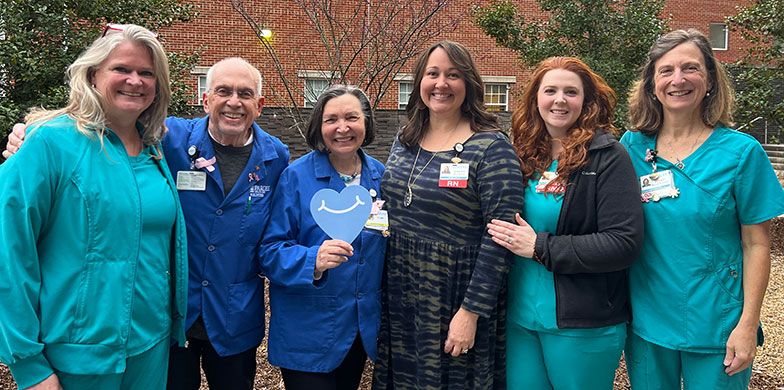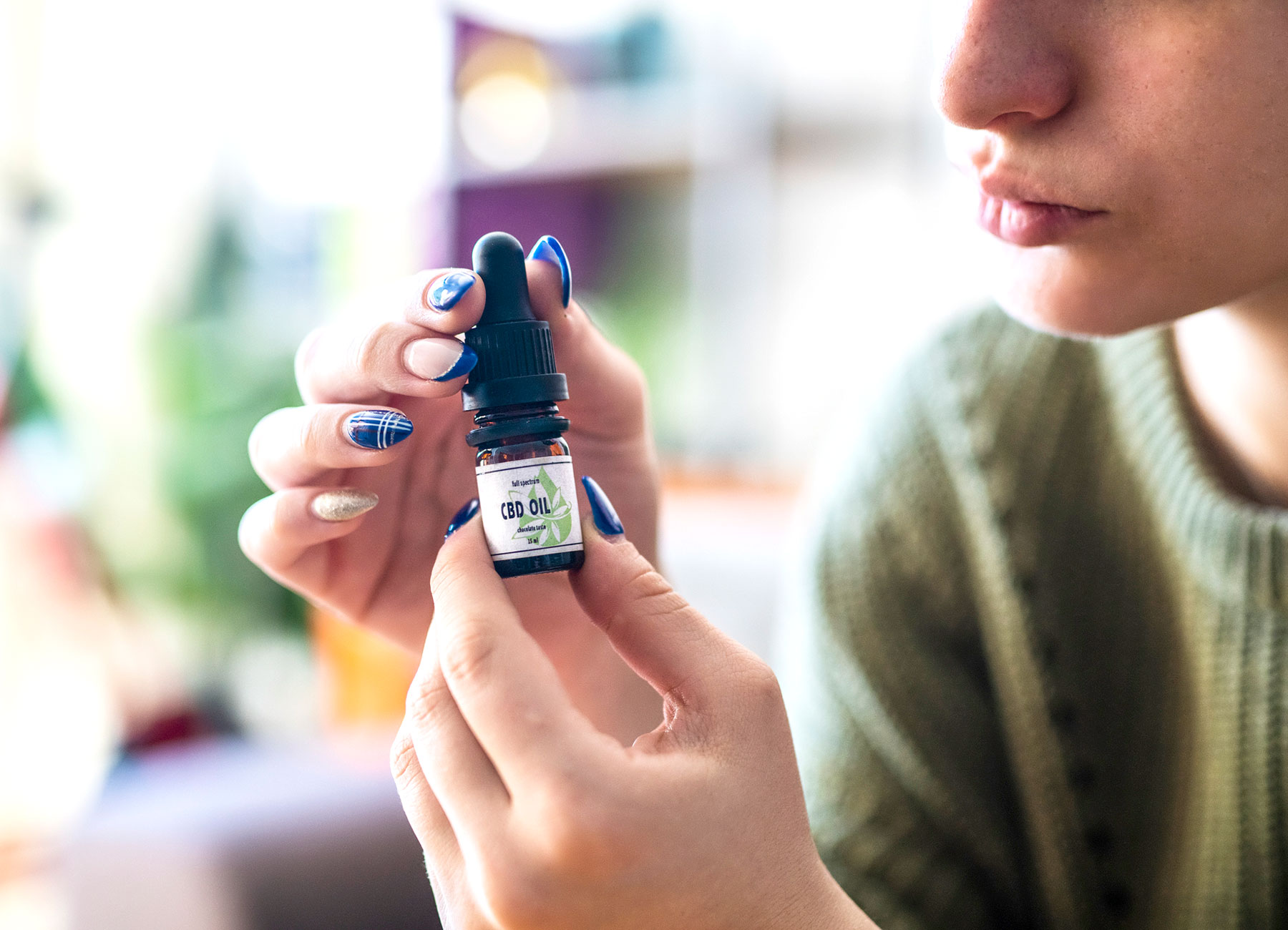Head and neck cancers form in the moist mucus membranes inside the head and neck. These cancers can develop in the nose, sinuses, mouth (including the gums, roof of the mouth and tongue), throat, voice box, lips (usually a form of skin cancer) and, rarely, the saliva glands.
Men are more likely than women to develop head and neck cancer. It is also more common in people over the age of 50, though it can affect people of any age.
The most common symptoms of head and neck cancer depend on where the cancer occurs.
Symptoms
Mouth and throat: Red or white sores on the gums, tongue or inside the mouth that won’t heal; jaw swelling; a lump or thickening in the mouth; denture problems; unexplained pain or bleeding in the mouth; difficulty or pain when chewing or swallowing; feeling like something is caught in your throat; trouble speaking or breathing; pain or ringing in your ears; and difficulty hearing.
Nose and sinuses: Sinus infections that don’t respond to antibiotics, nose bleeds, headaches, pain in the upper teeth, denture problems, persistently blocked sinuses, and pain and swelling around the eyes.
Common Causes
Alcohol and tobacco. The biggest risk factors for head and neck cancers are drinking alcohol (including liquor, beer and wine) and using tobacco products (including cigarettes, cigars, chewing tobacco and pipes). Both have been linked to an increased risk for these types of cancers.
HPV. Seventy percent of oropharynx cancers (which affect the base of the tongue, tonsils and soft palate) are linked to human papillomavirus (HPV). HPV is also typically associated with cervical cancers.
UV exposure. Exposure to the sun’s rays or using a tanning bed is a top cause of cancer on the lips.
Certain illnesses. Infections like mononucleosis (“mono”), Epstein-Barr virus and other illnesses can increase the risk of cancers in the nose and salivary glands and behind the nose.
Radiation treatments. Radiation treatment for cancer can also raise the risk of head and neck cancer.
How to Reduce Your Risk
Here are some ways to lower your risk of head and neck cancers:
Don’t use tobacco products. Talk to your primary care provider to get help quitting.
Limit how much alcohol you drink. Men should have no more than two drinks per day and women should have no more than one drink per day.
Protect against HPV. Ask your health care provider if you’re a candidate for the HPV vaccine since it’s only recommended for people of certain ages. Condoms and dental dams can also lower the risk of contracting HPV.
See your dentist regularly. Dentists can find head and neck in earlier, more treatable stages, so be sure to go to your dental checkup every six months.
Reduce UV exposure. Wear lip balm with SPF and a wide-brimmed hat any time you’re outdoors. Don’t use tanning beds.
When to See Your Health Care Provider
If you have any of the symptoms or risk factors for head and neck cancers, talk to your primary care provider. Click here to search for a provider near you.





